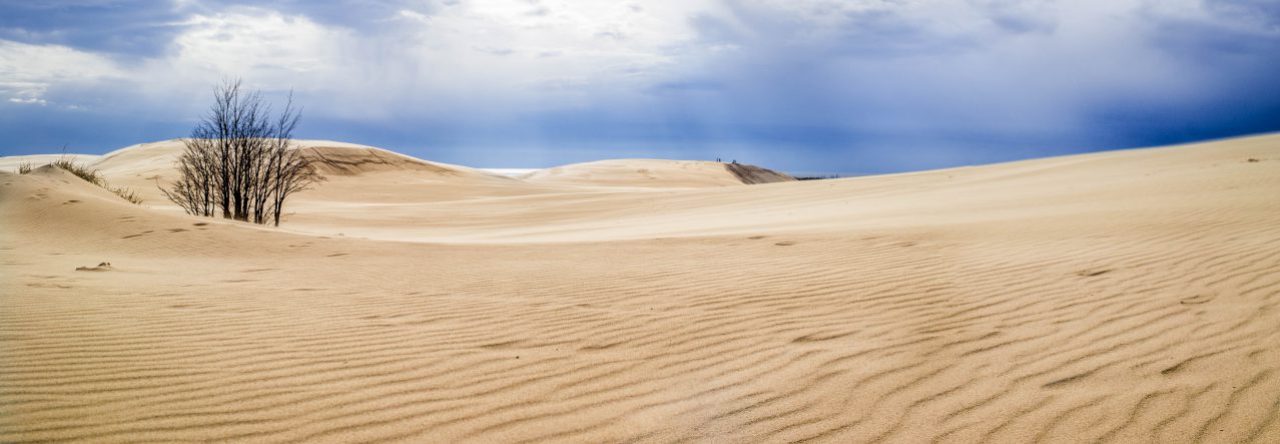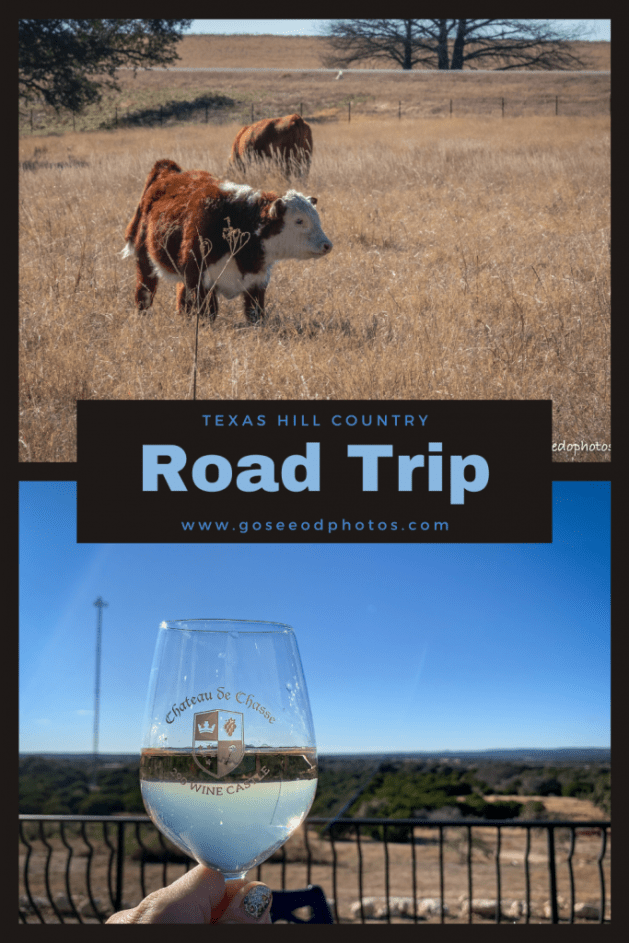
The bay from our campsite
Before our tour of Michigan State Parks last summer, I was watching a lot of Trekker’s Michigan State Parks videos on Youtube. When they did their drive through Cheboygan State Park, I knew I needed to check it out for myself! The park is located in Northern Michigan on the shores of Lake Huron. Its location, only half an hour from Mackinaw City, making it a good home base for exploring the straits area. The campground is small, only 75 sites, and with only 20 amp service, some might call it outdated, but it is perfect for the kind of camping we do.
 I decided to head to Cheboygan for Memorial Day weekend and I was pleasantly surprised that I was able to get a waterfront site without much fuss about six months out. For some reason, this campground isn’t as popular as others in the area. Our site (site 27) was wooded on three sides with a path to the lake. Most of the other sites in the park are just as private. This is very unusual for a Michigan State Park campground. Most of them are big open fields. The bathhouse at the campground was small, but with most people relying on the bathrooms in their rigs, there was never a wait for the showers.
I decided to head to Cheboygan for Memorial Day weekend and I was pleasantly surprised that I was able to get a waterfront site without much fuss about six months out. For some reason, this campground isn’t as popular as others in the area. Our site (site 27) was wooded on three sides with a path to the lake. Most of the other sites in the park are just as private. This is very unusual for a Michigan State Park campground. Most of them are big open fields. The bathhouse at the campground was small, but with most people relying on the bathrooms in their rigs, there was never a wait for the showers.

The path to the bay from site 27
It was really nice to be able to put our kayak right in the water at our site and be able to paddle around the bay when the water was calm. We went a little way out and floated over two shipwrecks, the Leviathan and the Genesee Chief (unfortunately, forgot my action camera when we went out the first day and when we went back it was too cloudy to see them so I don’t have any photos). When we got back to camp, I looked these wrecks up and was interested to learn that they were both intentionally sunk in the bay. I did feel better when we returned to the site knowing there were no casualties, but it’s always sad to realize that in the 19th century, the Great Lakes were thought of as garbage dumps.
Besides the Mackinac area, Cheboygan is not a far drive away from the only named waterfall in the lower peninsula, Ocqueoc Falls, The waterfall will be the topic for next week on the blog, so be sure to come back! Thanks for stopping by! To read about some of our previous trips, visit my Trips Page. If you like my photos be sure to “like” my Facebook Page and follow me on Instagram! You can purchase prints on Etsy and Fine Art America. To see inside my camera bag, check out my updated Gear Page.
Pin this:














 The drive from Fredericksburg back to Austin was the longest driving day of our Hill Country Road Trip. In terms of some of the road trips we’ve taken, an hour and forty-five minutes drive are not that bad, but it doesn’t hurt to get out of the car and stretch your legs and take in some natural beauty.
The drive from Fredericksburg back to Austin was the longest driving day of our Hill Country Road Trip. In terms of some of the road trips we’ve taken, an hour and forty-five minutes drive are not that bad, but it doesn’t hurt to get out of the car and stretch your legs and take in some natural beauty.


















